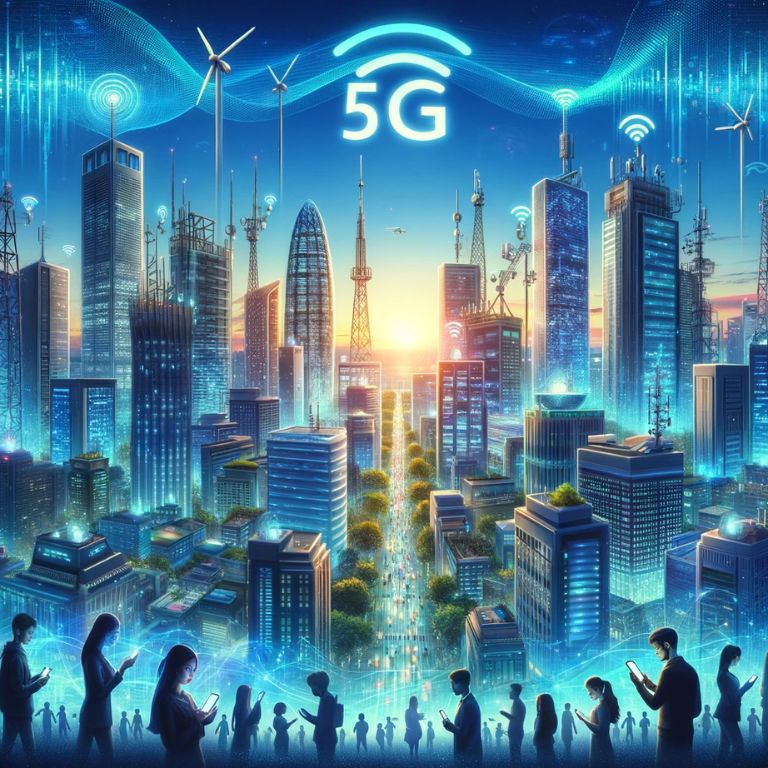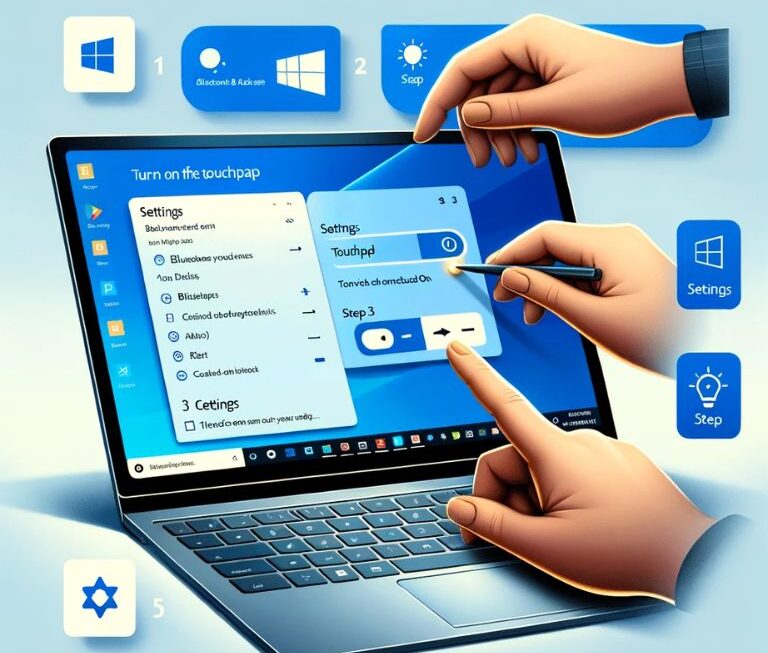In a world that is becoming increasingly reliant on connectivity, the next generation of wireless technology has arrived with the promise of faster speeds, lower latency, and the ability to support a multitude of new applications. 5G networks, as they are commonly known, are set to revolutionize the way we communicate, work, and play. In this article, we will delve into the details of 5G technology, its potential benefits, and some of the challenges it may face.
The Evolution of Wireless Technology
To understand the significance of 5G, it’s essential to look at the progression of wireless technology. The first generation (1G) brought us analog cellular networks, followed by 2G with digital voice and text messaging. The introduction of 3G marked the era of mobile data and the birth of the smartphone, while 4G networks brought us faster internet speeds and widespread mobile broadband.
Now, we stand on the cusp of the 5G era, which promises to be a game-changer in the world of wireless communication.
What is 5G?
5G, short for fifth-generation wireless technology, is a leap forward in terms of speed, capacity, and reliability. It operates on higher-frequency radio waves, allowing for faster data transmission and lower latency, which is the delay between sending and receiving data. While 4G networks can achieve speeds of up to 100 megabits per second (Mbps), 5G is expected to reach speeds of up to 10 gigabits per second (Gbps), making it 100 times faster.
Potential Benefits of 5G
1. Faster Download and Upload Speeds
With 5G, downloading large files, streaming high-definition videos, and online gaming will become virtually instantaneous. This speed boost will not only enhance the user experience but also open up new possibilities for businesses and industries.
2. Lower Latency
The lower latency of 5G is critical for applications like augmented reality (AR), virtual reality (VR), and autonomous vehicles, where split-second decisions and real-time interactions are necessary for safety and functionality.
3. IoT (Internet of Things) Expansion
5G can support a massive number of devices simultaneously, making it ideal for the proliferation of IoT devices. This will enable smart cities, connected homes, and industrial automation on an unprecedented scale.
4. Enhanced Connectivity in Remote Areas
5G networks have the potential to provide high-speed internet access to rural and underserved areas, closing the digital divide and improving economic opportunities for those communities.
Challenges and Concerns

While the promise of 5G is undeniable, it also faces some challenges and concerns:
1. Infrastructure Investment
Implementing 5G requires a massive investment in infrastructure, including the installation of new cell towers and equipment. This can be costly and time-consuming.
2. Spectrum Allocation
The availability of suitable radio frequencies for 5G varies by region and may require regulatory changes and spectrum auctions to ensure sufficient bandwidth for the technology.
3. Security
As with any new technology, 5G raises security concerns, especially related to the potential for cyberattacks and the vulnerability of critical infrastructure.
4. Health and Environmental Concerns
There have been discussions about potential health and environmental effects of 5G radiation, although scientific consensus indicates that it poses no significant risks.
Conclusion
5G networks represent a significant leap forward in wireless technology, offering faster speeds, lower latency, and a multitude of opportunities for innovation. However, the successful deployment of 5G will require substantial investments, careful spectrum management, and a focus on addressing security and health concerns. As 5G continues to roll out worldwide, it is poised to transform the way we live and work, ushering in an era of unprecedented connectivity and innovation.




